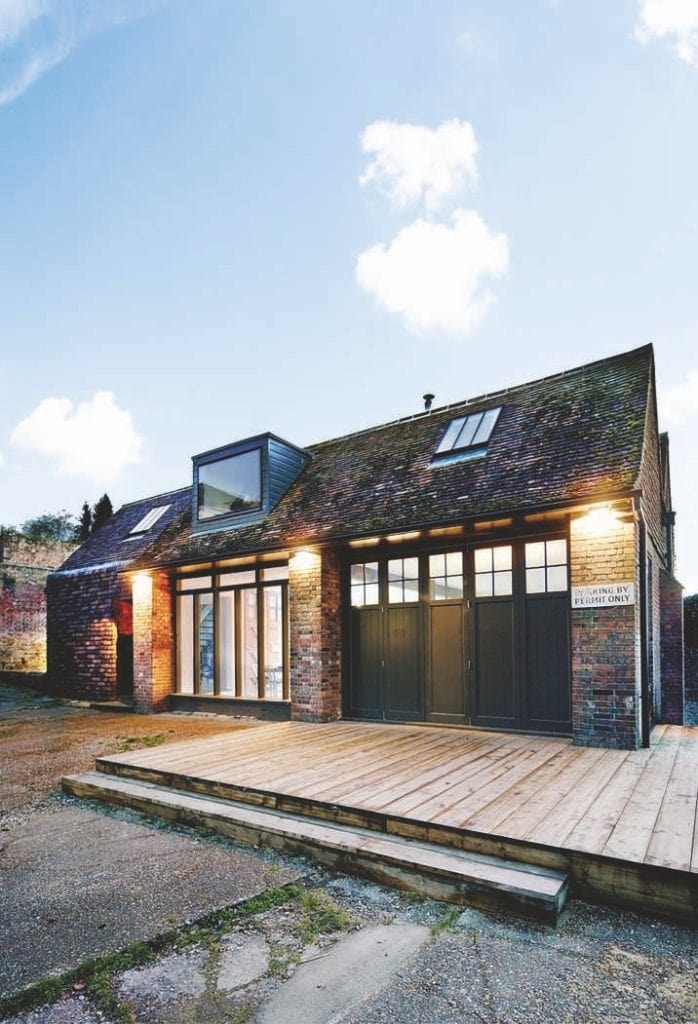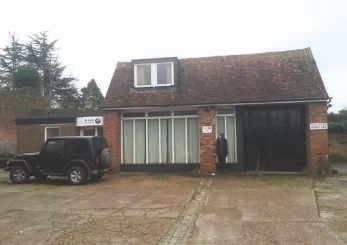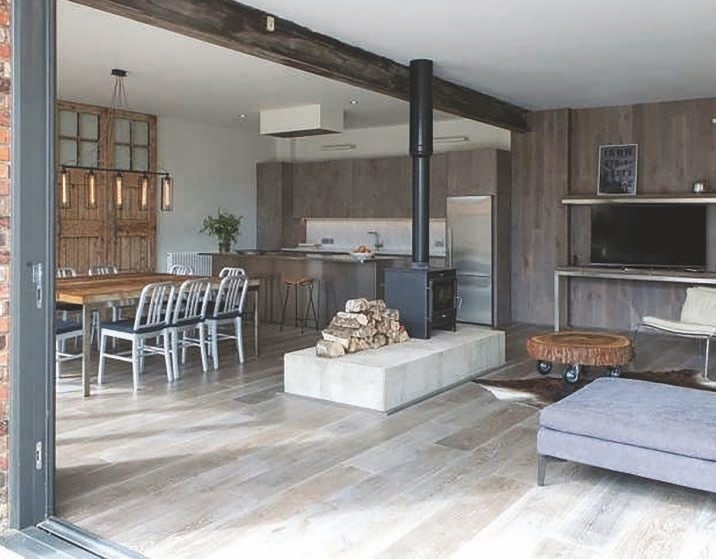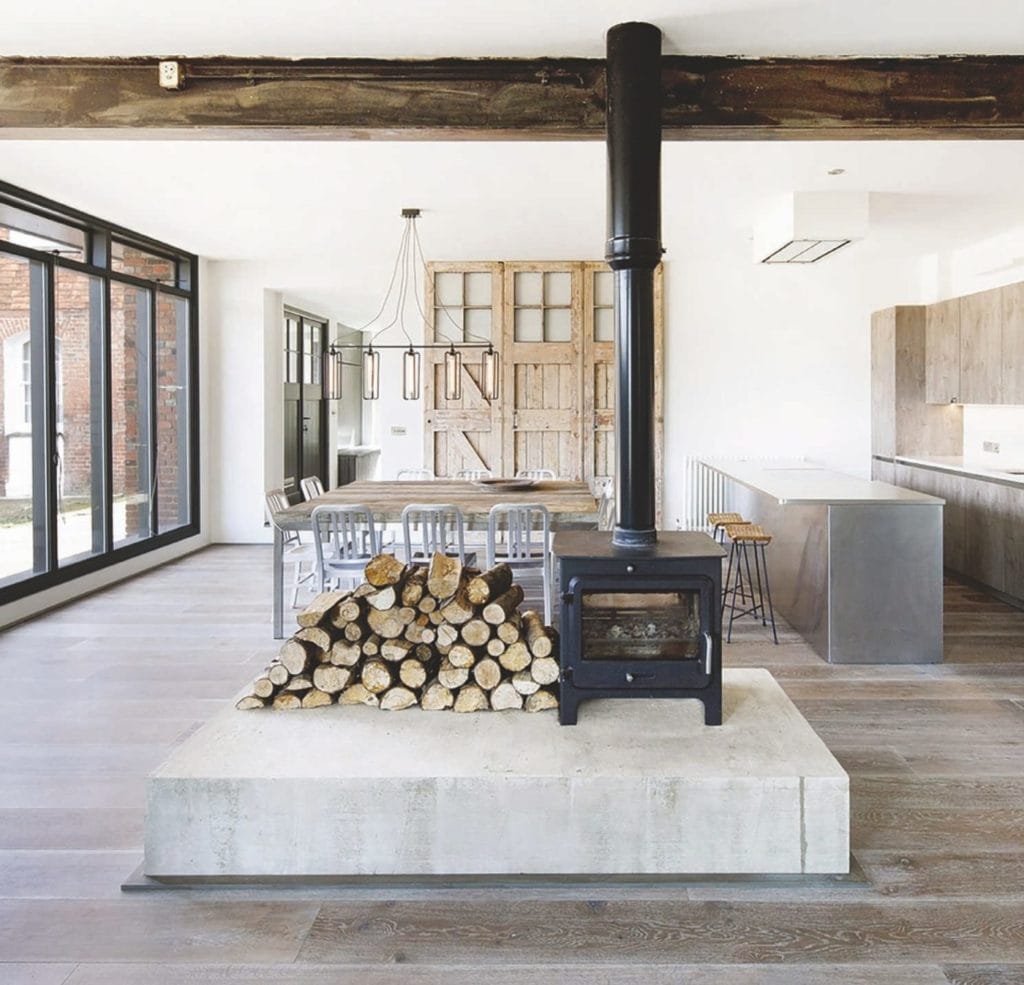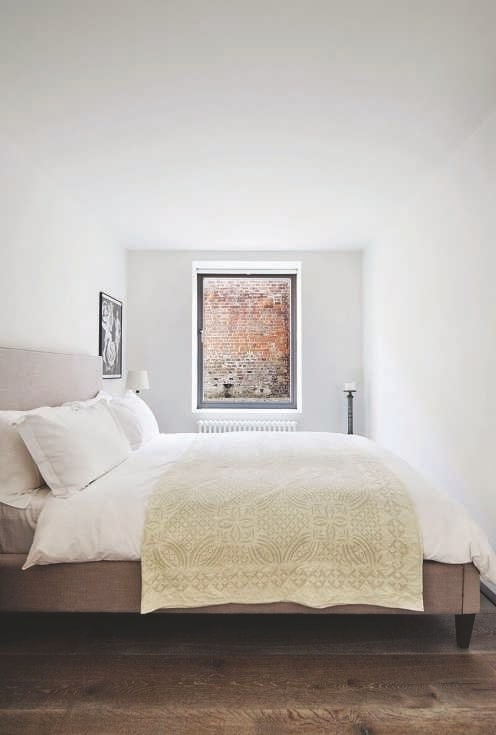St John, Rye
Marta Nowicka & Co has transformed a former St John Ambulance Station in East Sussex to create a family retreat featuring exposed brick walls and industrial-style finishes.
Located in a private residential courtyard, this twin-pitched building has undergone many changes over the last century. Having started life as a groundskeeper’s house for the Grade II listed Whitefriars property, it was knocked down and rebuilt in the 1950s to create a large garage/ workshop for St John Ambulance whose HQ was then located at Whitefriars. They then downsized in the 70s, converting one side of the garage and its uppers into their offices.
Located in the medieval town of Rye in East Sussex is St John Rye, a detached house converted from a former St John ambulance station. The building sits back from the steep cobbles of Conduit Hill, sharing a courtyard with an elegant, listed Georgian building. Its unfamiliar appearance caught the eye of owner Marta Nowicka, an architect who had been visiting the town for 20 years. “I fell in love with the atmosphere, its medieval streets, stone and timber warehouses,” she recalls. She had been living nearby in a cottage on Camber Sands beach, waiting for something “wildly interesting and challenging” to come up in Rye.
“As it was a former ambulance station, the ground floor was very spacious and the roof spaces had quirky attic-like rooms,” explains Nowicka. “It had this perfect spatial juxtaposition, plus it required a total refurbishment as it had not been touched since the 1970s.”
Nowicka purchased the property in 2013, but the project was beset by hurdles from the beginning: She was faced with the stringent planning laws of a conservation area, neighbours objected to her plans, and town planners refused permission to enlarge the footprint of the original building. The project took six years in total and won an Architects’ Journal Retrofit Award in 2018.
A side extension that was added to the building in the 1970s was rebuilt to form an entrance hall and study on the ground floor and a bedroom and family bathroom on the first floor. The pitched roof visually extends the pitch of the existing building. Local, handmade clay peg tiles, added to clad the walls of the extension, reference the style of surrounding buildings and complement the existing red brick structure.
Original materials were repurposed throughout wherever possible. “The old existing roof was made watertight, saving all the original tiles, including the moss that was growing on it,” explains Nowicka. From nearby Conduit Hill, the juxtaposition of weathered red brick and clay with flush, aluminium windows gives the onlooker a sense that something interesting is happening inside.
The garage doors were remade to meet building regulations, but Nowicka kept the originals, stripping them back and using them as wall cladding.
Inside, a double-sided wood-burning stove stands on a large concrete plinth in the middle of the space, creating a central heat source and focal point. Medieval dwellings were often arranged around a central hearth, and Nowicka sees this as a nod to the far-reaching history of the area.
Nowicka set about reorganising the floor plan. By removing an unoriginal central wall, she transformed the ground floor into a 780 sq ft space that is divided into two zones: kitchen and dining on one side of the wood stove, seating on the other. The flooring throughout is wide riven oak floorboards. Textured materials bring warmth to an otherwise minimalistic interior.
Oak is used to clad the walls of the double-height stairwell. Robust materials have been used throughout, making the space suitable for large gatherings.
“Any interesting brickwork has also been exposed as a feature,” explains Nowicka. The walls of the hallway mirror the view from the narrow window in the stairwell, connecting the interior to the town outside.
In the kitchen, cabinets were made from sand-blasted greyed timber. The worktops and backsplash are Carrara marble, whilst the brushed stainless-steel kitchen island is intended to reference the medical industry.
Generous circulation spaces upstairs and down give the building a convivial feel. The space was conceived as a place to come together with friends and family and is now available to rent.
For more information visit www.domstayandlive.com.
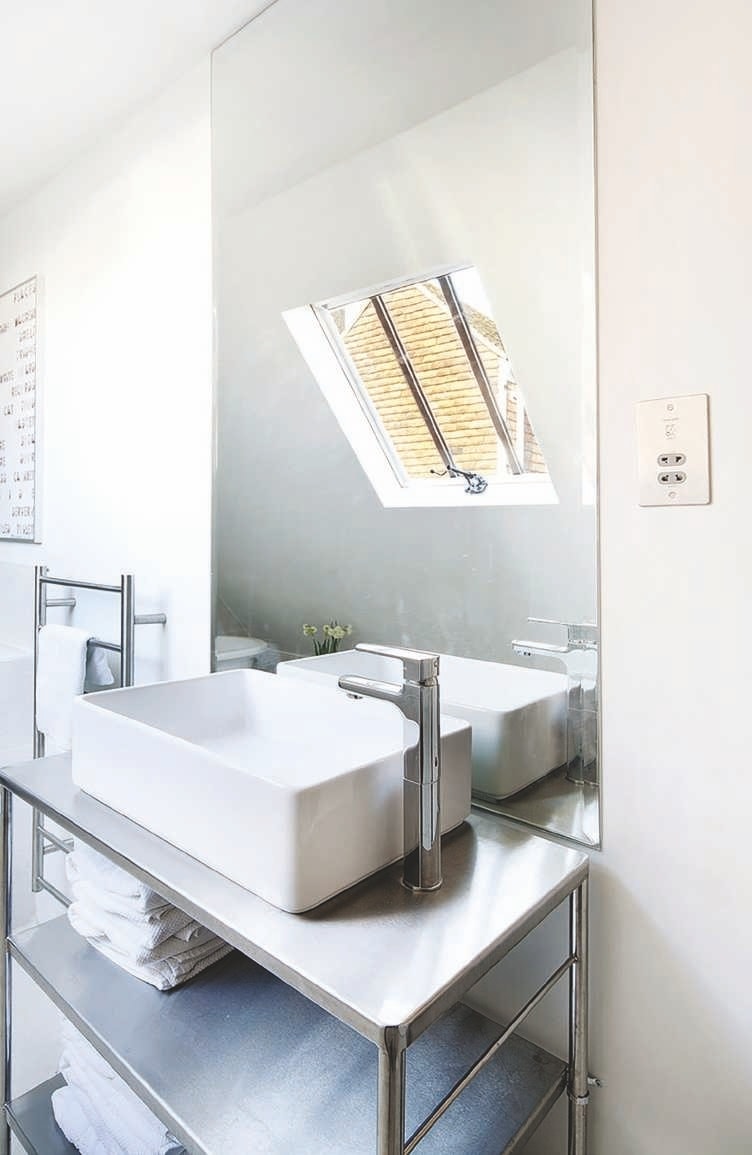
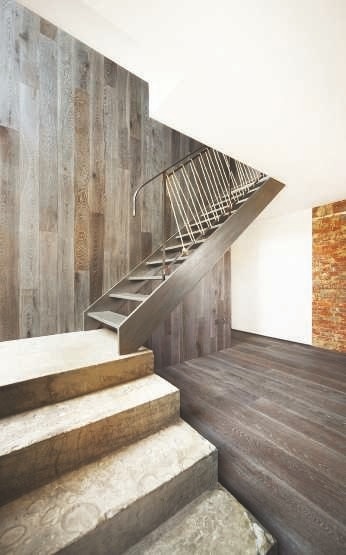
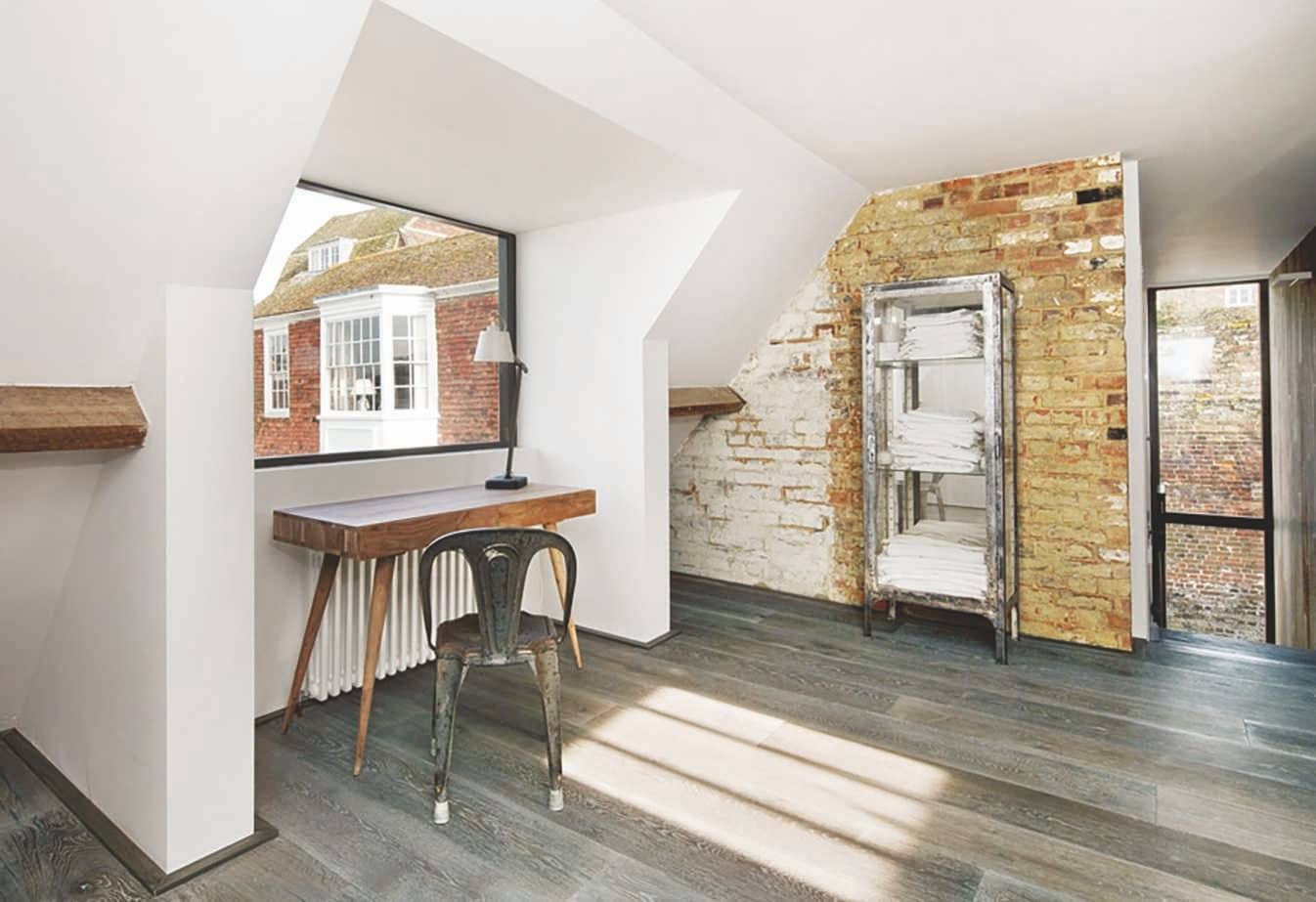
Posted in: Property
